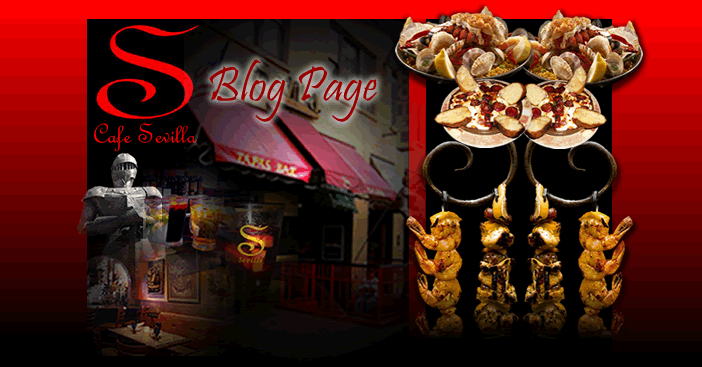 |
| A Spanish vineyard |
There are more than 50 recognized wine regions and hundreds of native grape varieties.
Interpreting Labels
At first, trying to make sense of a Spanish wine label may seem to be a daunting task; but it's not really that difficult. Here are the basic terminologies.
1. Vino de mesa: table wine without a geographic denomination
2. Vino joven: young wine, usually from a qualified DO region, sometimes with a bit of aging
3. Roble: "roble" means oak, some regions allow this term on the label for lightly oaked wines that don't reach "crianza" standards
4. Crianza: aged 2 years, at least 6 months in oak
5. Reserva: quality wine, normally aged at least 3 years, at least 1 year in oak casks, 2 years in the bottle, made from top vintages
6. Gran Reserva: quality wine, aged at least 2 years in oak plus 3 years in the bottle, made from exceptional vintages.
 |
| Cava sparkling wine |
• D.O. Catalonia: Even though this region does not share the same world recognition as Rioja, it is where most Spanish wines are produced. Recently, more standard wines like Merlot and Cabernet are made in Catalonia, yet this region also has its own traditional wines. Catalonia also specializes in the production of Cavas, or sparkling wines, made with Xarel-lo, Macabeo, Parellada, and more. This sparkling wine presents a good alternative to French champagne and is very high quality. Some other known red grapes for still wines are: Granacha, Cariñena, and Monastrell.
D.O. Ribera de Duero: Contributing to the quality of grapes in Ribera del Duero is the region’s altitude. Vineyards may be planted at heights of up to 2,800 feet, although most are at 2,400 – 2,600 feet, on either side of the Duero, where in high summer daytime temperatures may reach 100-104 degrees F.
*Reds: Tempranillo, Garnacha, Albillo, Cabernet Sauvignon, Malbec, and Merlot
Spain's red wines are justly famous |
Reds: Tempranillo, Garnacha, Graciano, and Mazuelo
Whites: Viura, Malvasía Riojana, and Garnacha Blanca
To save you the time and cost of storage, they're not released until ready to drink. In fact, some of the new releases are already seven years old. Often considered the best food wines on earth, there are more than a thousand Rioja wines with choices for every style, occasion, and price point.
D.O. Rueda: Rueda is one of the best white wine producing areas, famous for its Verdejo grapes. Translated, it means "greenish," or that might be derived from verdugo, meaning "green shot," Since harvest, the grapes and subsequently the fermenting juice are kept under constant inert gas (nitrogen) to prevent oxidation until bottled.
Whites: Verdejo, Palomino, Viura, and Sauvignon Blanc
D.O.Utiel-Requena: Location: Province of Valencia - interior foothills
Whites: Chardonnay, Macabeo, Merseguera, and Planta Nova (Tardana)
Reds: Cabernet Sauvignon, Merlot, Grenache, Bobal, Cencíbel (Tempranillo), and Garnacha
 |
| Authentic sherry is from Jerez |
Wines from Jerez-Xéres-Sherry are in a class all their own. Located in the Southwest Atlantic coast, just above Gibraltar, the special sherry taste is due to the unique production methods. The Palomino grape is the main ingredient of the best Sherries. The wines are aged in casks, where a special yeast growth known as "flor" prevents oxidation, while adding that special taste. When the time comes to end the maturing process, the flor is killed off by fortification (the addition of alcohol) and the wine is moved to the "solera," a vertical row of oak casks, designed to gradually mix old wine with new to achieve a consistent final product, year after year.
Typical wines:
* Manzanilla - very dry sherry
* Fino - dry sherry
* Amontillado - premium aged sherry
* Oloroso - aged sherry
* Palo Cortado - aged sherry (very little is produced)
* Pedro Ximénez - sweet sherry
* Cream - very sweet sherry
Bruno Cumar is the Southern Division Manager for Maddalena Vineyard, a Los Angeles producer and distributor of fine wines from all over the world. Having worked for the company for almost 18 years, he also teaches wine appreciation classes at MiraCosta College.




























